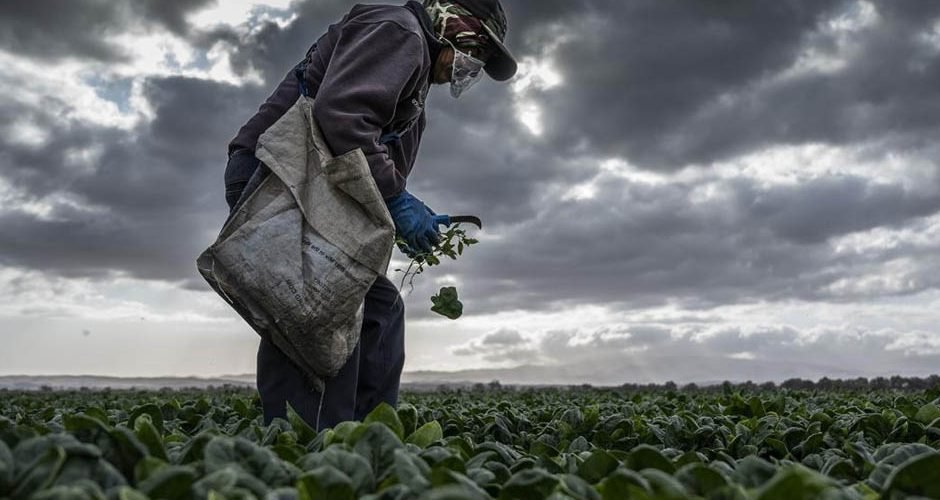It’s a hard time to be a farmer. Big agriculture has cornered the market on large distribution deals. Taxes, waning subsidized crop support, and a significant reliance on international trade for out-of-season produce further disrupt American farmers’ ability to support their families.
Then there is the environment. As our planet continues to heat up, there is an increasing instance of natural trials that farmers must navigate in order to produce profitable yields. In this article, we take a look at what obstacles farmers are facing and what can be done about them.
Table of Contents
Spring Challenges
While spring is the season of new life, the unique weather conditions of this time period can create obstacles that farmers need to understand how to navigate in order to have profitable yields. Plants are at their most delicate state during the spring, with many cash crops only just sprouting their tender shoots.
Consequently, the plants are particularly vulnerable to any swings in weather. Below, we take a look at what those swings might look like.
Unpredictable Temperatures
It was TS Elliot who famously declared that April was the cruelest month. Perhaps because it is so fickle. Warming sunshine in the afternoon, and chilling winds in the evening. For pedestrians, it means frequent wardrobe changes. For farmers, it can mean the difference between sparsity and prosperity.
The term “dogwood winter,” is a rural affectation that refers to late-season frosts that take place after the dogwoods have already bloomed.
While it may sound like a minor inconvenience, it can mean death to the reproductive health of a young plant. At this stage of the game (around May in most parts of the United States) most plants have already begun sprouting small flowers that will eventually bloom into fruit.
When frost happens, the plant directs all of its energy into survival, effectively killing its own reproductive cells in order to stay alive.
A young orchard that has already blossomed when a dogwood winter comes around may not yield fruit that year. The same is true of many other cash crops that farmers rely on.
Rainfall
Rain is, of course, good for plants. However, the significant amount of precipitation witnessed in April and May throughout the country can cause problems for young plants. Most notably, root rot, a fungal disease that attacks super saturated roots.
High levels of rainfall can also increase insect populations, which creates a further risk to young plants.
When the rain gets too high, it can lead to flooding which causes soil erosion and other factors that may make fields unusable.
Limited Planting Window
Spring is also just a relatively small period of time in which a lot of work needs to be done. The vast fields of plants that you see on a drive through the Midwest will usually have been planted within a relatively short amount of time immediately following the last frost of the season.
It takes sophisticated farm management to know when everything needs to be planted.
Machinery Challenges
Last but not least, the spring can also create equipment challenges. Water-logged fields aren’t always plowable. Tire pressure can wane in cold weather. Moisture buildup can create rust and other detrimental conditions that impact the machine’s ability to do its job.
One breakdown can result in hundreds of dollars in damage. Perhaps even worse, it can cost farmers valuable time as they try to make the most of the small planting window they have been given.
And Yet…
And yet spring and agriculture have been partners in food production for many thousands of years. Farmers are always finding new ways to navigate the unique challenges that come with spring weather. For generations, passed on wisdom has been one of the primary resources at the farmer’s disposal.
While this continues to be an asset, it is now aided by modern technological innovations. Well-engineered farm equipment features advanced sensors that allow tractors and combines to do their work with a degree of precision never seen before.
Some farm vehicles are so advanced that they can operate remotely without human intervention. Drone technology is now used to monitor soil conditions and even plant seeds.
Spring is hard for farmers, but so is summer, winter, and the fall. The job of taming the elements to create new life will never be easy, but farmers do it anyway, and with constant break throughs in ag-tech, there are always new ways to do one of the oldest jobs known to humankind.





